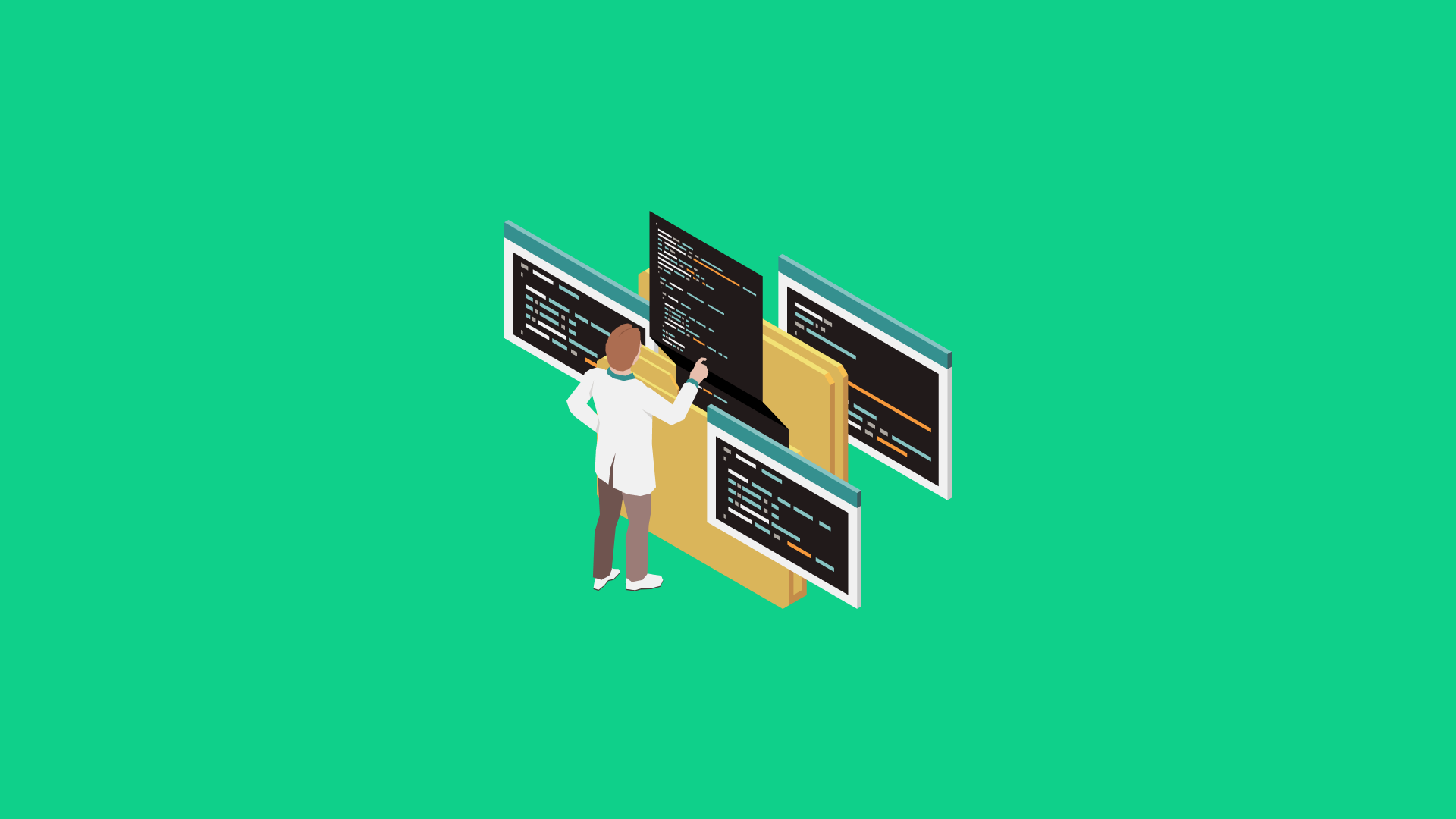What Is Dynamic Code։ Best Tools For Dynamic Code Analysis
Apr 21, 2023 13463 seen
What is the Dynamic Code?
Today we will talk about Dynamic code, you may have heard about it, but if you have not, you're in the right place. Dynamic code is generated or modified at runtime instead of being fixed at compile-time. In other words, dynamic code allows programs to alter their behavior during execution based on certain conditions or input data.
One example of dynamic code is dynamically generated web pages built on-the-fly based on user input. Another example is dynamic linking, where a program loads a library of code at runtime instead of including the library in the executable file.
Dynamic code is often used in scripting languages like Python, JavaScript, and Ruby, where code can be generated or modified in response to events or user input. It can also be used in traditional programming languages like C++ and Java, typically accomplished using dynamic memory allocation and function pointers.
Dynamic Code vs. Static Code: That's The Difference?
Static code refers to code that is compiled before it is executed. In other words, the code is translated into machine code that the computer's processor can directly execute. Static code is typically faster and more efficient than dynamic code, but modifying or updating it can be more challenging.
Dynamic code, on the other hand, is code that is interpreted at runtime. This means that the code is executed line by line as it is read rather than being compiled ahead of time. Dynamic code can be easier to modify or update, as changes can be made without recompiling the entire program. However, it can be slower and less efficient than static code, as the interpreter has to read and interpret each line of code as it is executed.
What is Dynamic Code Analysis?
Dynamic code analysis, also known as dynamic analysis, is a software testing technique that analyzes a program's behavior as it runs by executing the program with various inputs and monitoring its runtime behavior.
Dynamic code analysis involves using specialized tools to track program execution, collect data, and generate reports on the program's behavior. Dynamic analysis aims to identify bugs, vulnerabilities, and other issues that may be difficult or impossible to detect through static code analysis (i.e., analyzing the code without executing it).
Dynamic code analysis can be performed at various levels, such as unit, integration, and system testing. It is often used with other testing techniques, such as manual and automated testing.
One of the benefits of dynamic code analysis is that it allows developers to observe the program's behavior in real-time and identify issues that may be difficult to detect otherwise. However, dynamic code analysis can be time-consuming and may not uncover all issues, so using it in conjunction with other testing techniques is essential.
Dynamic Code Analysis Tools
Several dynamic code analysis tools can be used to analyze the behavior of software programs as they execute. Here are some examples:
- Debuggers: Debuggers allow developers to review code and analyze its behavior at runtime. They can identify bugs, memory leaks, and other issues.
- Profilers: Profilers are tools that collect data on a program's performance as it runs, including CPU usage, memory allocation, and execution time. They can be used to identify performance bottlenecks and optimize code.
- Fuzzers: Fuzzers are tools that generate random or invalid inputs to a program to test its resilience to unexpected inputs. They can be used to identify security vulnerabilities, such as buffer overflows.
- Dynamic analysis frameworks: Dynamic analysis frameworks automate running a program with different inputs and monitoring its behavior. They can be used to identify bugs and vulnerabilities in complex software systems.
- Memory analysis tools: Memory analysis tools allow developers to analyze a program's memory usage and identify memory leaks and other issues related to memory management.
Examples of dynamic code analysis tools include Valgrind, GDB, Perf, AFL, Radamsa, AddressSanitizer, and dynamic analysis frameworks like Microsoft's Application Verifier and Appium.


